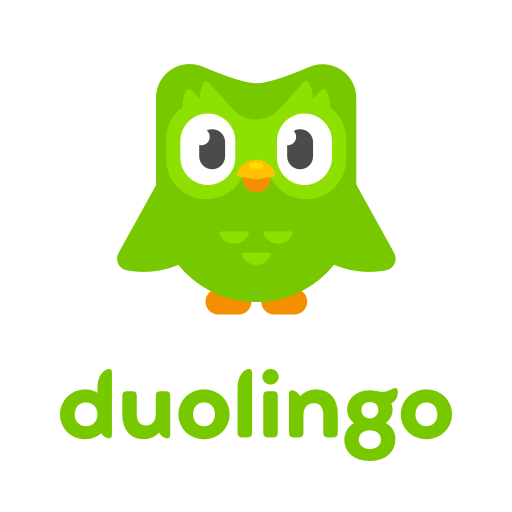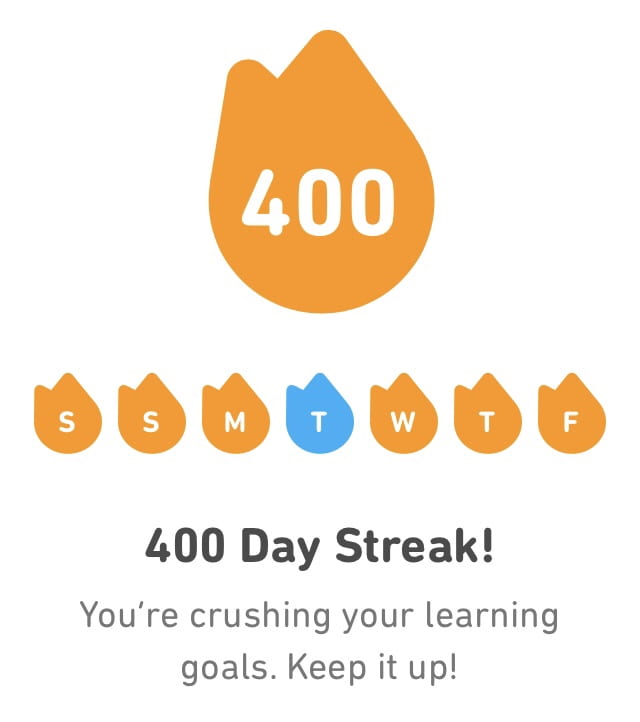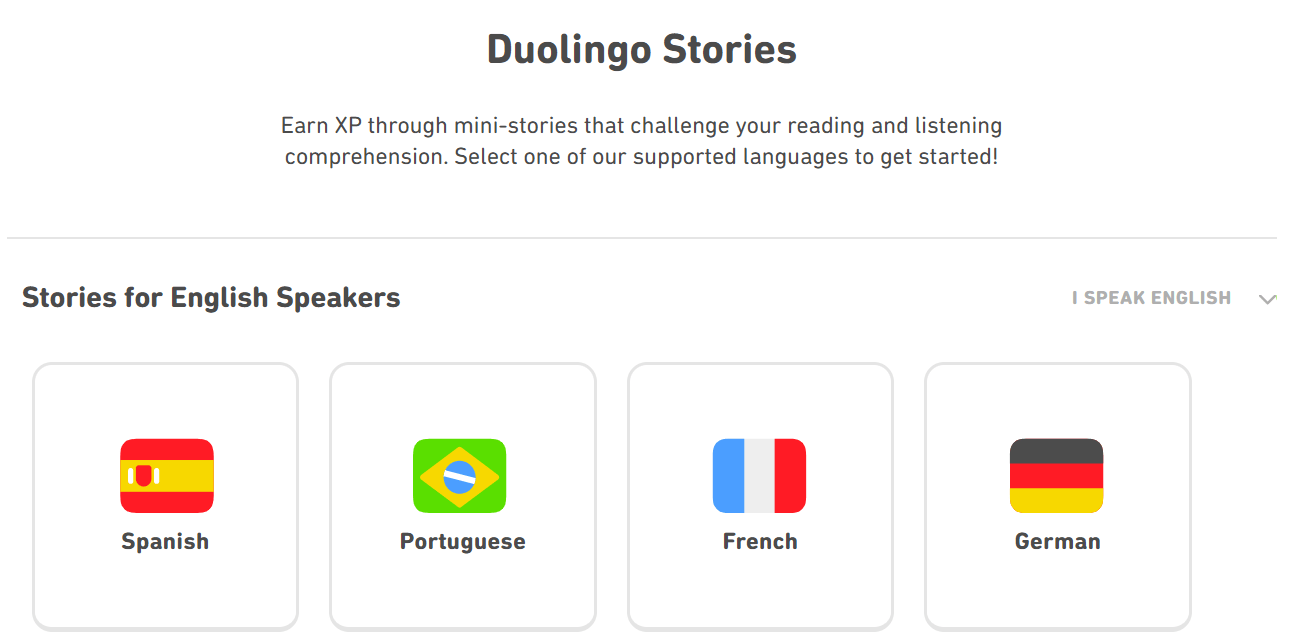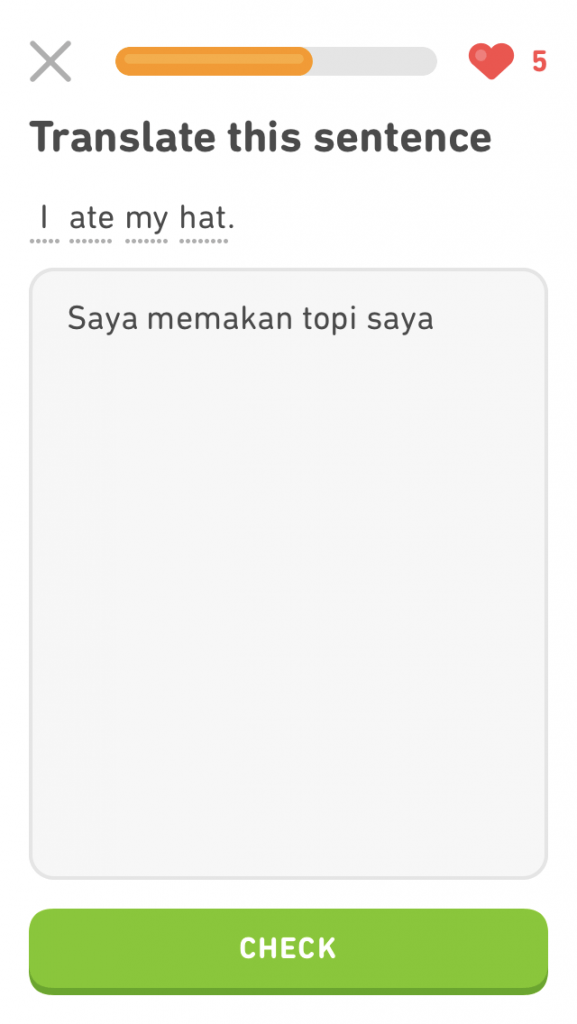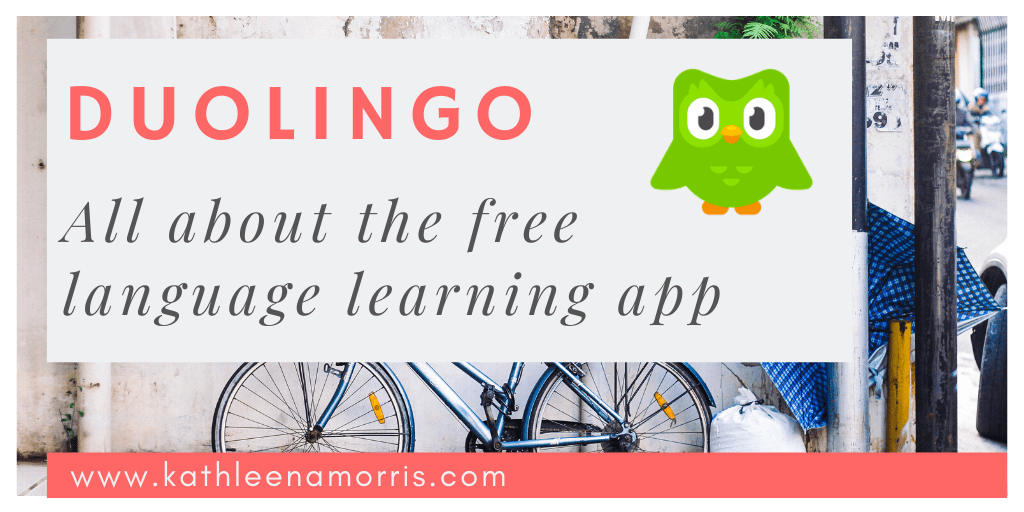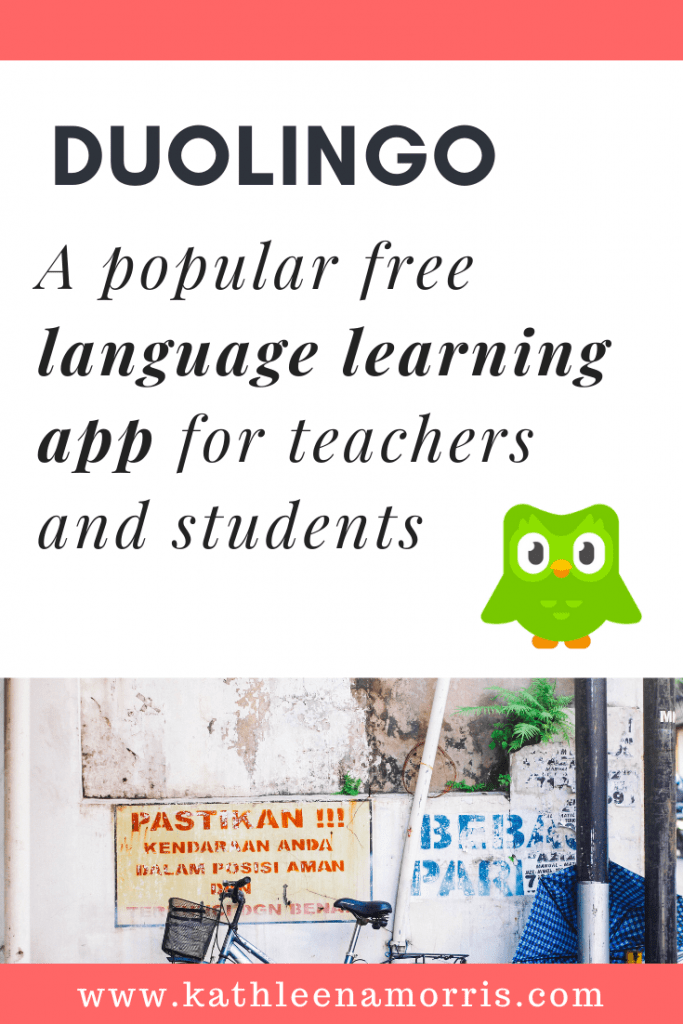Please note, this post was written in 2020 and I no longer update this website.
In late 2018, I read about the 50 Geniuses Companies in Time Magazine.
This one caught my eye. Duolingo. An addictive language learning app.
Getting Back Into Indonesian
Back in the early 2000s when I was earning my teaching degree, I also did a degree in Indonesian language. It was a sliding doors moment for me when I almost accepted a position as a specialist Indonesian teacher rather than a generalist primary school teacher.
As is the way with languages, as the years went on, my Indonesian faded.
Then in late 2018, the school I was working at was looking for a language teacher and there were some discussions about me taking on this role. I decided it would be a good idea to refresh my Indonesian!
I wasn’t looking to start any serious study, so a simple app seemed ideal.
That’s when I began my streak of using the Duolingo app to practise my Indonesian and I’m now on a 400+ day streak!
Teaching Indonesian is no longer on the cards for me… for now anyway. But I find it rewarding to spend a few minutes a day practicing. And when you’re having a bit of downtime on your phone, it’s a more productive pursuit than scrolling on social media!
Perhaps Duolingo could be useful for you or your students? Read on to learn more about it and explore the pros and cons.
This post is an honest review of Duolingo and I have no affiliations with the brand.
About Duolingo
- Duolingo is an app that you can use on your mobile device but you can also use it on the computer (your learning is synced between any platform you’re logged into).
- The app is free but it does have some ads. This might not be ideal for younger students. Not because the ads (that I’ve seen) are unsuitable but you’d need to make sure students know how to identify advertising and not click on links (a useful and transferrable skill!).
- There is a paid version of Duolingo that I believe is around $10/month. It provides an ad-free experience and allows you to work offline. I’ve only ever used the free version as I find it completely fine.
- There are currently 23 languages available to learn with more in development.
Duolingo In The Classroom
- Teachers have access to “Duolingo for Schools” with features to track students.
- If your students are learning a language, there is a high chance that language is available on the Duolingo app.
- You could use Duolingo in different ways, such as:
- Warm up exercise at the start of your lessons
- Activity for early finishers
- Homework replacement
- Summer revision so students can keep up their skills
- If you have friends using Duolingo, you could have a lot of fun with the leaderboard functions and other little competitions. This could be motivating if learning with classmates in the school setting!
Duolingo For Learning A Language: My Thoughts
There are pros and cons to Duolingo. Let’s take a look…
Cons
- I think this app is great for either a refresher or to complement other forms of language learning, however, as a standalone, I don’t think it would be enough to seriously learn a language.
- You can pick up a fair bit of vocab although there aren’t any direct lessons that explain things like grammar. I think this is a downfall. There’s no actual teaching, just practice exercises.
- The deeper you get into your course, the more you may be left wondering. For example, you can infer grammatical structure in early/ simple lessons but then you really need to refer to another resource as you go along such as a teacher, or native speaker to fill the gap.
- There’s also no education or introduction to culture which of course is a big part of learning a language.
- There doesn’t appear to be an overview of the whole course so you can find out what you’re learning.
- The style of questions can be quite repetitive (see examples below). The most common seems to be dragging the words to make a sentence, or typing a sentence (either from Indonesian to English or vice versa). All teachers know, a little variety can be effective!
- I wish there were more visual questions. Occasionally you get a question with pictures of four nouns and you have to choose the one that matches the text, however, there could be a lot more use of images.
Pros
- I like the way you can get a reminder of the definition of a word in most exercises if you’ve forgotten.
- It’s great the way you can customise the course to meet your needs and interests. For example, you can set daily goals for how long you want to spend on the exercises. You can also pick and choose the topic you work on.
- In case you haven’t guessed, the app is designed to be motivating and addictive. You get a reward for completing each lesson and it can be compelling to keep your streak going.
- Duolingo is free and accessible to anyone with an internet connection whether they are part of a class or not.
- If you learn French or Spanish there are podcasts (these would be awesome!).
- There are mini-stories available in French, Spanish, Portuguese, and German.
Sample Question Types
The following examples are from the Indonesian course. Perhaps there are different types of questions for different languages? Let me know.
[metaslider id=6052]
Occasionally you come across a question that leaves you scratching your head. I’m not sure if these are mistakes or if they’re thrown in to makes sure you’re concentrating!
Conclusion
Overall, Duolingo could be a motivating way to have students practice a language. It’s not perfect but it is a lot better than many other things you could do when you have a few minutes to use your mobile device.
As for me, I don’t need to be learning Indonesian now but I’d find it hard to give up my streak. So will I keep going? Perhaps!
One final tip I’d like to share is try not to rush through the course. I moved on to new harder topics too quickly to begin with. I now find spending more time on topics before moving on to be a better approach (everyone knows learning is off-putting when it is too hard!). Of course, you don’t want to spend too long revising questions that are really easy for you either. Duolingo gives you the freedom to find your own sweet spot!
Leave A Comment
Have you tried Duolingo? I’d love to hear what you think especially if you’ve tried any of the other language courses. Maybe they differ from Indonesian. What pros and cons have you come across?
You Might Also Enjoy Reading
Find Free Images For Students On Photos For Class (With How-To Posters)
Should I Use Seesaw Or A WordPress Blog In The Classroom? (Comparison Chart)
8 Ways Teachers And Schools Can Communicate With Parents
Feature photo by Kukuh Napaki on Unsplash


